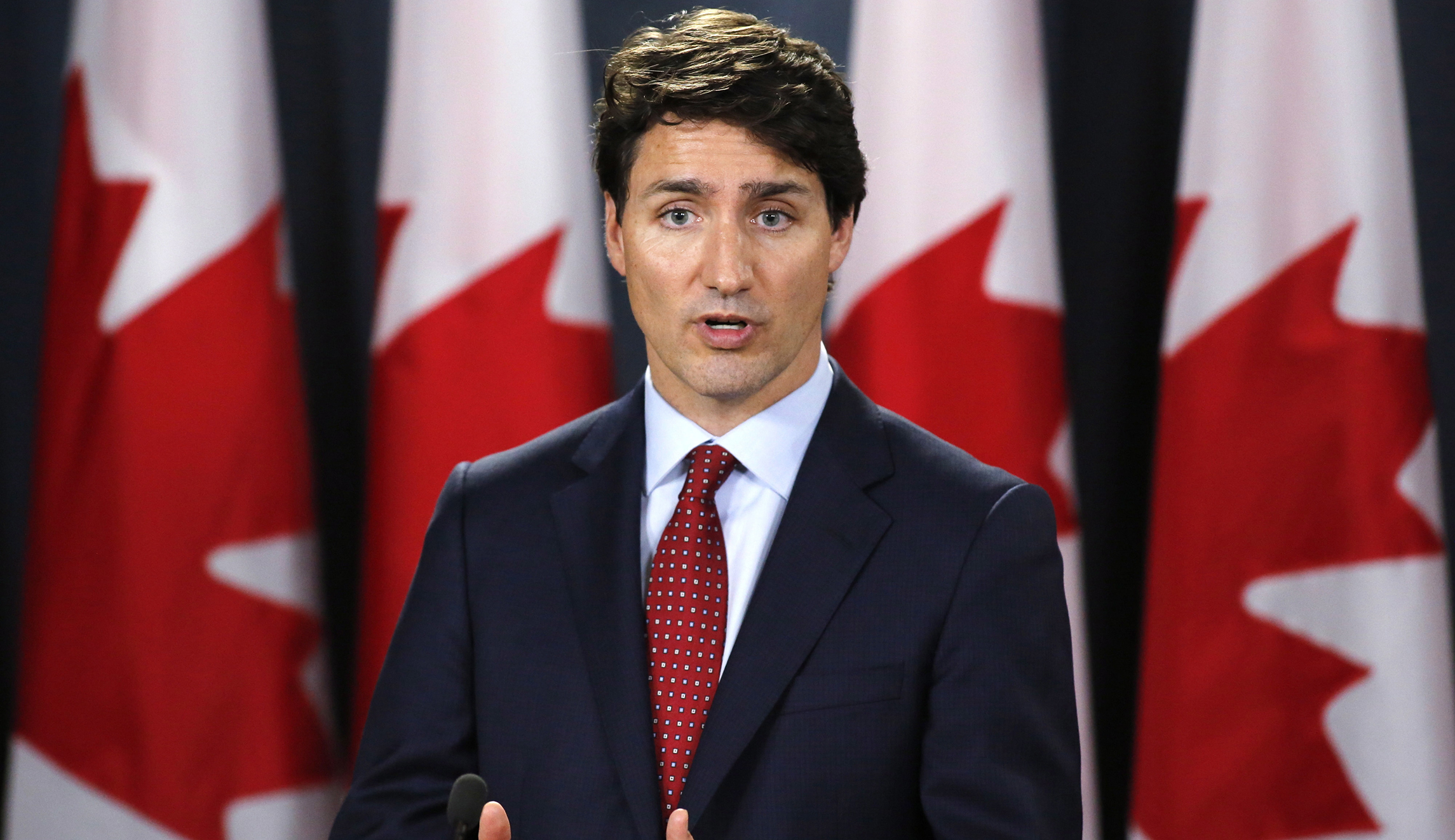Canadian authorities have lifted freezes on hundreds of bank accounts belonging to “Freedom Convoy” protesters and their supporters eight days after Prime Minister Justin Trudeau gave his government the go-ahead to target demonstrators who had camped out in the country’s capital for three weeks.
Authorities had also seized the bank accounts associated with protest organizers as well as any business tied to the blockade of truckers upset over COVID-19 restrictions.
Isabelle Jacques, as assistant deputy minister in Canada’s Department of Finance, told a House of Commons committee on Tuesday that the banks had begun unlocking accounts.
“The vast majority of assets are in the process of being unfrozen,” she said.
TRUCKER ENCAMPMENTS APPEAR IN OTTAWA OUTSKIRTS AFTER PROTEST BROKEN UP
Trudeau invoked the Emergencies Act for the first time in Canadian history on Feb. 14 to bring the protests, which had been largely peaceful, to a stop. The sweeping new powers also allowed the government to seize vehicles, declare no-go zones, limit travel, issue fines, tow trucks away, and toss protesters in jail for up to five years for not complying.
According to the latest count, 219 “financial products” holding nearly $8 million had been frozen, 253 Bitcoin addresses related to protesters and organizers had been given to virtual currency exchange operators, and a bank had frozen CA$3.8 million ($3 million) held by a payment processor.
Even though Trudeau has defended seizing bank accounts as the best way to disrupt illegal activity, the move has come under criticism from his political rivals as well as civil liberty groups and financial experts who warned that people unaffiliated with the protest may have been affected.

Among those targeted was a single mother who lived paycheck to paycheck. She donated $50 to the cause and had her funds cut off, according to one local Conservative MP.
Finance Minister Chrystia Freeland defended the financial freezes.
“We were very clear that we would be following the money, that we would be using financial tools to disrupt illegal blockades and occupations,” she said. “The focus absolutely has been on leaders and on the vehicles that were such an important part of the illegal blockades and occupations.”
The protests in Canada began after a group of truckers and their supporters drove from western Canada to Ottawa to challenge a regulation that requires truckers returning from the United States to show proof of vaccination. If the truckers are not fully vaccinated, they will be subjected to COVID-19 testing, quarantine requirements, and possible fines. There are similar requirements on the U.S. side of the border.
ORGANIZER OF CANADA ‘FREEDOM CONVOY’ PROTEST DENIED BAIL
While the Ottawa protest began with the truckers fighting the vaccine mandate, it quickly broadened to demand that all COVID-19 restrictions and lockdown measures be lifted.

As the protests gained traction, there was a groundswell of anger and frustration aimed directly at Trudeau, who initially tried to downplay the protests as complaints from a fringe minority. As more and more people supported the protest, Trudeau’s tone turned increasingly combative. He accused protesters of being racist, homophobic, and lawbreakers stirring up trouble.
CLICK HERE TO READ MORE FROM THE WASHINGTON EXAMINER
On Wednesday, a group of American truckers began an 11-day cross-country drive from California to Washington to protest coronavirus restrictions, taking a cue from the Canadian demonstrations.
More than two dozen 18-wheelers, along with some 50 pickup trucks and recreational vehicles, left Adelanto, California, about 80 miles northeast of Los Angeles. The self-styled “People’s Convoy” is demanding lawmakers end all COVID-19 vaccine and mask requirements.

